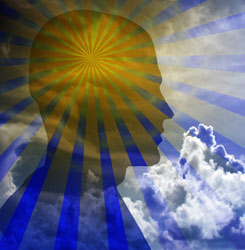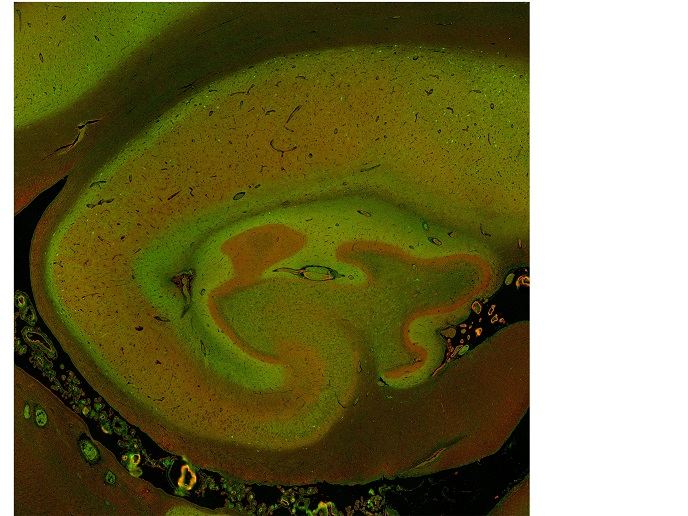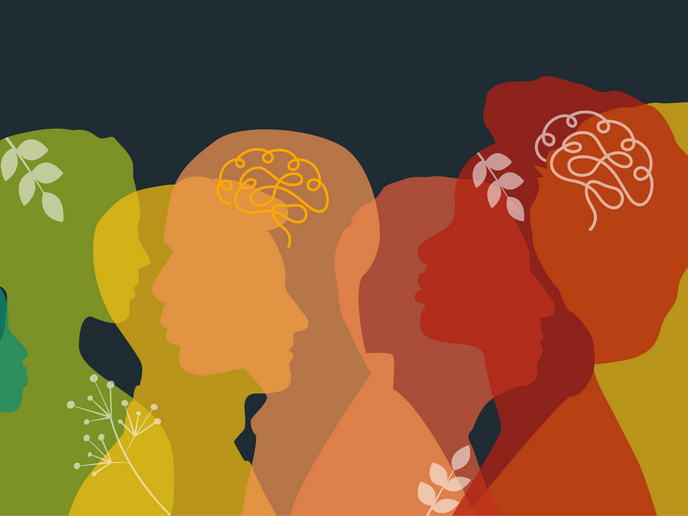Motor cortex mirrors action
Our ability, not only to imitate, but to understand the intentions of others through observation has long been a focus of neurological studies. Seven leading groups of scientists coordinated and cooperated in the EC funded project MIRROR to address the organisation of the mirror system. This recently discovered neurological organisation is heavily implicated in these cognitive functions. The team based at the Foundation of Research and Technology in Crete, Greece studied the role of the motor cortex in mimicked and observed action. To solve the debate over the involvement of this region of the brain, the 14C-deoxyglucose method was used to form a pictorial account of brain activity. This technique is based on the fact that the relative rates of glucose consumption and energy metabolism are a reflection of the level of functional activity. Monkeys watched humans grasping a 3-D object or performed the action themselves. In both cases, there was significant activation of the motor cortex (MI) and the primary somatosensory cortex (SI), another region implicated in the mirror system. This provides strong evidence for the representation of an observed action in the motor cortex. The MI as well as the premotor region showed stimulation of the areas necessary for action. This constitutes a very convincing argument for observation and performance of action having similar effects neurologically. The team have postulated that details of movements are stored as neurological representations in the MI and SI. Furthermore, the proprioceptive components are also in storage in the cortex. Proprioreceptors are located in the joints and muscles and provide information about limb position and movement as well as muscle length and tension. Details of the study have been published in the journal NeuroImage and further disseminated at Neuroscience meetings and lectures throughout Europe. Further understanding of this mechanism could facilitate the learning of motor actions involved in recreational pursuits and medicine.







